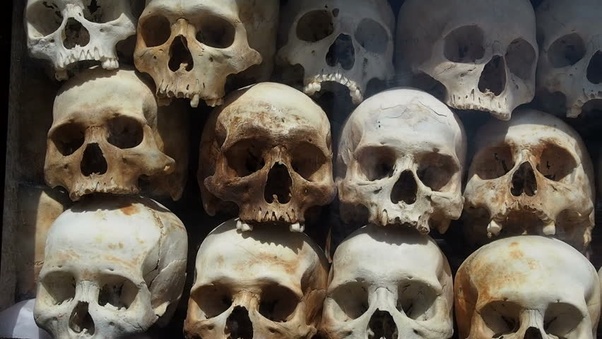Skull features among Asian and Asian- derived groups differ significantly
Forensic anthropologists have now discovered that several skull features in Asian and Asian- derived groups differ significantly with regard to shape, such that they can be distinguished using statistical analyses. These findings highlight the future potential for developing more nuanced statistical methods that can potentially differentiate between groups that comprise the broad “Asian” ancestral category in forensic casework.
Ancestry is typically estimated using metric (using measurements) or non metric (using morphology, or shape) techniques that can be applied to the cranial skeleton. In forensic anthropology, ancestral affiliation is traditionally conceptualized into three broad groups—African, European and Asian. “However, it was our goal to determine if more fine-tuned ancestry estimations could be made
beyond these broad categories, using a statistical framework,” explained corresponding author Megan Atkinson, a graduate student in the MS Program in Forensic Anthropology in the Department of Anatomy and Neurobiology at Boston University School of Medicine (BUSM).
Atkinson and her colleague collected cranial and mandibular nonmetric (shape) data on 450 individuals including: pre-contact Southwest Native American individuals housed in a skeletal collection at the American Museum of Natural History; modern Japanese individuals from Jikei University in Tokyo; and modern Thai individuals from Khon Kaen University in Khon Kaen, Thailand. They then analyzed the shape differences that occur in features of the skull among the samples.
“Our study documents morphological (shape) variation within cranial features found in East Asian and Southeast Asian groups, which is important since skeletal biology studies concerning Asian populations are limited. In mass disaster contexts, this type of information is pertinent because it can be used to create population-specific methods, similar to the models developed in the present study, for estimating elements of the biological profile, which ultimately aids the victim identification process,” added coauthor Sean Tallman, Ph.D., RPA, assistant professor of anatomy and neurobiology at BUSM.



